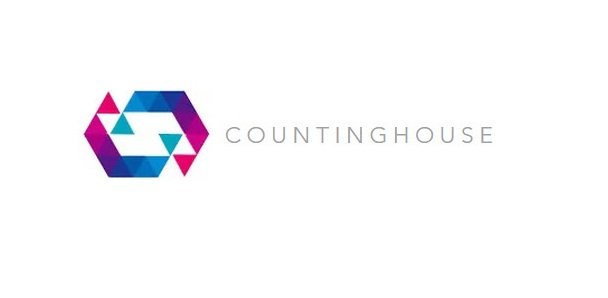
Countinghouse is introducing a tokenized hedge fund that uses coded algorithms and mathematical techniques. Their strategic allocation will include 60% algorithmic cryptocurrency trading, 30% double-side arbitrage trading, and 10% in a passive reserve used for ICO, debentures, etc.
The Countinghouse crypto fund carries a high level of risk and is not suitable for everyone. Below I discuss how traditional hedge funds are commonly used and operate.
How Does A Hedge Fund Fit Into A Portfolio?
Traditionally hedge funds have only been available to high wealth investors but the recent advent of tokenized funds has changed this. Countinghouse has created a tokenized fund that allows anyone to buy and sell portions of a cryptocurrency hedge fund.
Now the question becomes how does a hedge fund fit into a portfolio. When looking at historical usage of hedge funds by institutional investors I've found that their usage was adopted for three reasons, need for diversification, lower (theoretical) volatility and low correlation to traditional assets.
In the cryptocurrency world studies have shown that individual tokens and even collections of tokens are highly correlated to BTC (Bitcoin) and returns are highly volatile in both the long and short-term. This makes portfolio design very difficult as most investors are not capable or do not have the means to find advantages in a volatile market. This is the purpose of a hedge fund in an overall portfolio.
A Little Bit Goes A Long Way
A study by AllianceBernstein provides an in-depth analysis of how much investors should allocate to a hedge fund.

The study emphasizes one simple rule, hedge funds are risky and investors should only invest excess capital into them. This is why they have traditionally been reserved for institutional grade investors. In theory, these investors should have enough capital to withstand high volatility and/or losses. With cryptocurrency there are often swings of 40-60% in very short term spans.
For normal investors, hedge funds have never been available in small amounts. The Countinghouse fund allows any investor to add exposure to hedge fund style risk/rewards. Since the fund is tokenized anyone can purchase in the amount they desire starting from a single CHT token. However, the team is still targeting professional investors due to the risk.
How Does CHT Work?
The Countinghouse fund does not pay dividends to token holders but instead has a token price that increases and decreases in correlation with the net asset value (NAV).

This makes sense in the traditional realm of stocks, hedge funds, and mutual funds but in the highly speculative world of crypto, the NAV might not correspond to the token price on the open exchange. To counter this the Countinghouse team has a token buyback option that allows token holders to sell their tokens back to the platform at specific liquidity value.
The liquidity value of the token will be provided to token-holders in a weekly update provided by the team.
Does the Team Collect Fees?
The Countinghouse team is taking a different approach than traditional token sales and hedge funds. The project is using 99% of the funds raised to invest in the fund and taking only 1% for the team.
Traditional hedge funds use what is commonly referred to as a "Two and Twenty" fee structure. This means that the fund collects a 2% asset management fee and also takes a 20% cut of the profits. Countinghouse does not take an asset management fee and instead takes 7% from the monthly profit (if profit is obtained).
For More Information on Countinghouse
📅Token Sale Dates: June 12
📈Token Ticker: CHT
Website || Whitepaper || ANN Thread || Telegram || Bounty
Keep Tabs On Me
Daily articles about cryptocurrency and blockchain based projects.
Steemit || Twitter || BitcoinTalk Profile

Hedge funds was a form of investment way out of reach for your average investor. Now with CountingHouse, there is opportunities for everyone to get involved.
For sure. I have always heard about hedge funds in the news or seen them in movies but now it's possible to utilize one as part of my portfolio. Thanks for the comment.